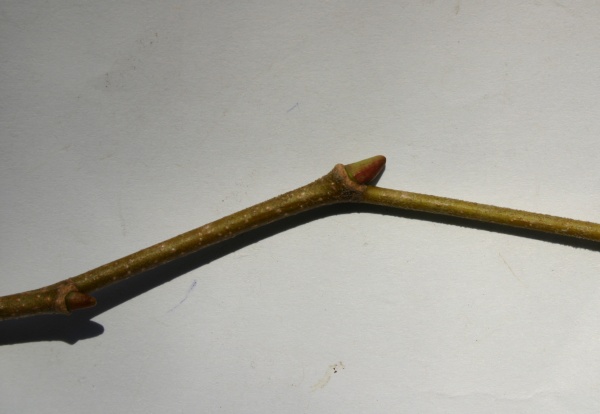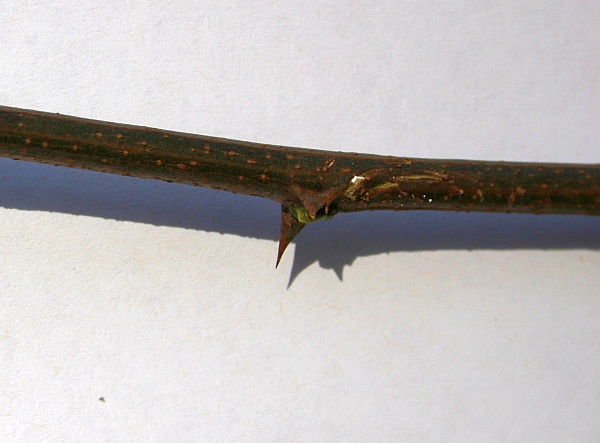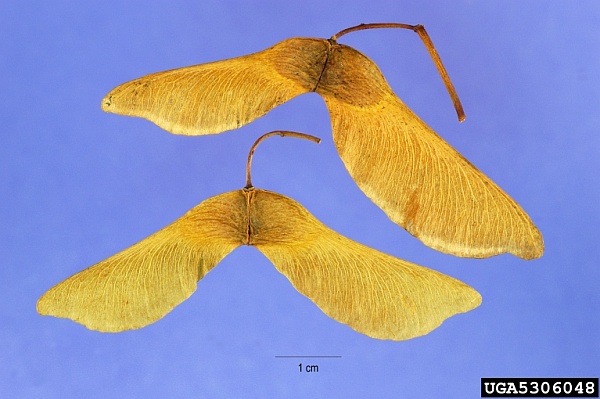
No matter how you look at it, this tree has confusing names. My Winter Tree Finder calls it ironwood (it doesn’t even list the hophornbeam name!), but as I learned last weekend ironwood is an alternate name for at least two other trees.
Ironwood’s official name is eastern hophornbeam (Ostrya virginiana). It’s a common tree in the birch family, most easily recognized by its bark which has long, square-edged strips that peel upward.
Hophornbeam wood is very heavy, hard and strong, so durable that when metal was scarce this wood was used to make wheel rims and sleigh runners. “Horn beam” means hard wood. “Hop” refers to the tree’s fruit which resembles hops (think beer). Here’s what the fruit looks like:
A closely related tree, the blue beech (Carpinus caroliniana), also carries the hornbeam and ironwood names. Blue beech’s official name is American hornbeam without the “hop.” Its bark looks very different: smooth, blue-gray and muscular. This earned it the nickname “musclewood.” Click here to see blue beech bark.
Since hophornbeam is in the birch family, its twigs look very “birch-y” and often carry catkins. From experience with the Winter Tree Finder, I can tell you it takes a long time to key out this twig. I recommend identifying the tree by its bark.

Ironwood and ironwood, hophornbeam and hornbeam. I’ll keep them straight by calling this one hophornbeam (or ironwood) and the other one “blue beech” instead of its confusingly similar hornbeam name.
(Bark and twig photos by Kate St. John. Hop-like fruit photo from Wikimedia Commons. Click on the hops photo to see its original.)


























